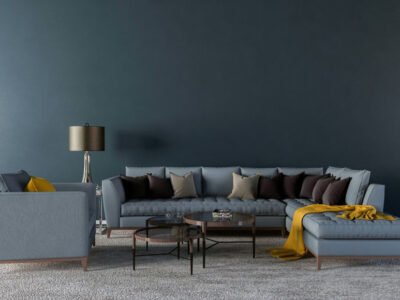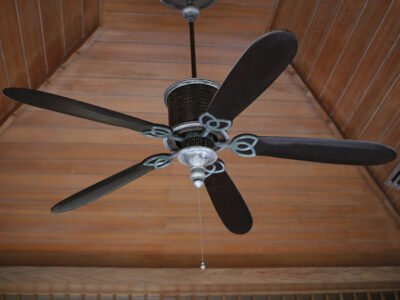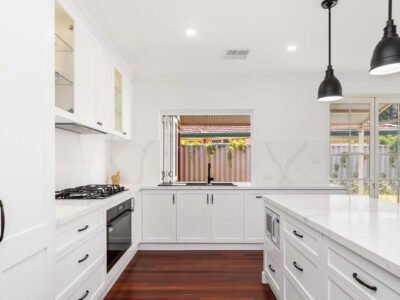The floors of your home play a crucial role in defining its aesthetic appeal, comfort, and functionality. Over time, flooring materials can wear out, become outdated, or simply no longer suit your lifestyle. Whether you’re looking to enhance the look of your space or increase its value, updating your floors can be a rewarding investment. However, navigating through the myriad of flooring options available can be overwhelming. To help you make an informed decision, here’s a comprehensive guide to updating the floors in your home.
Assess Your Needs
Before diving into the world of flooring options, take some time to evaluate your needs and lifestyle. Think about things like foot traffic, maintenance requirements, moisture levels, and budget constraints. Durable and easy-to-clean flooring options like hardwood, laminate, or luxury vinyl may be ideal for high-traffic areas like entryways and living rooms. Waterproof materials like tile or vinyl are recommended for moisture-prone areas like bathrooms and kitchens.
Explore Flooring Options
Once you clearly understand your requirements, it’s time to explore the wide range of flooring options available. From timeless classics like hardwood and tile to modern alternatives like bamboo and cork, there’s a flooring material to suit every style and budget. Research each option carefully, considering durability, maintenance, comfort, and aesthetic appeal factors. Don’t forget to consider your home’s existing decor and architectural style to achieve a cohesive look.
Consider Environmental Impact
In today’s eco-conscious world, many homeowners are opting for sustainable flooring options that minimize environmental impact. Materials like bamboo, cork, reclaimed wood, and recycled glass tiles are excellent choices for those looking to reduce their carbon footprint. On top of this, look for certifications such as Forest Stewardship Council (FSC) or FloorScore to ensure that the flooring products you choose meet rigorous environmental and health standards.
Factor in Installation Costs and Maintenance
Don’t forget to factor in installation costs and ongoing maintenance expenses when budgeting for your flooring project. While some materials may have a higher upfront cost, they could save you money in the long run by requiring less maintenance and lasting longer. Additionally, consider hiring a professional installer for complex projects to ensure a seamless and durable finish. If you are based in the St Albans area, My St Albans Handyman fit flooring to a professional standard. Regular maintenance, such as sweeping, mopping, and occasional refinishing, will help extend the life of your floors and keep them looking their best for years to come.
Pay Attention to Trends
While choosing flooring materials that suit your style and lifestyle is essential, paying attention to current trends can help ensure that your home remains fashionable and up-to-date. Popular flooring trends include wide-plank hardwood, wood-look porcelain tile, geometric patterned tiles, and luxury vinyl planks that mimic the look of natural materials. However, it’s essential to balance trends with timeless appeal to avoid prematurely dating your home’s aesthetic.
Seek Professional Advice
With so many flooring options available, deciding the right type for you can be difficult. If you’re feeling overwhelmed, don’t hesitate to seek professional advice from interior designers, flooring experts, or home improvement professionals. They can give you valuable insights, recommend suitable materials, and help you create a cohesive design scheme that complements your home’s architecture and decor.












